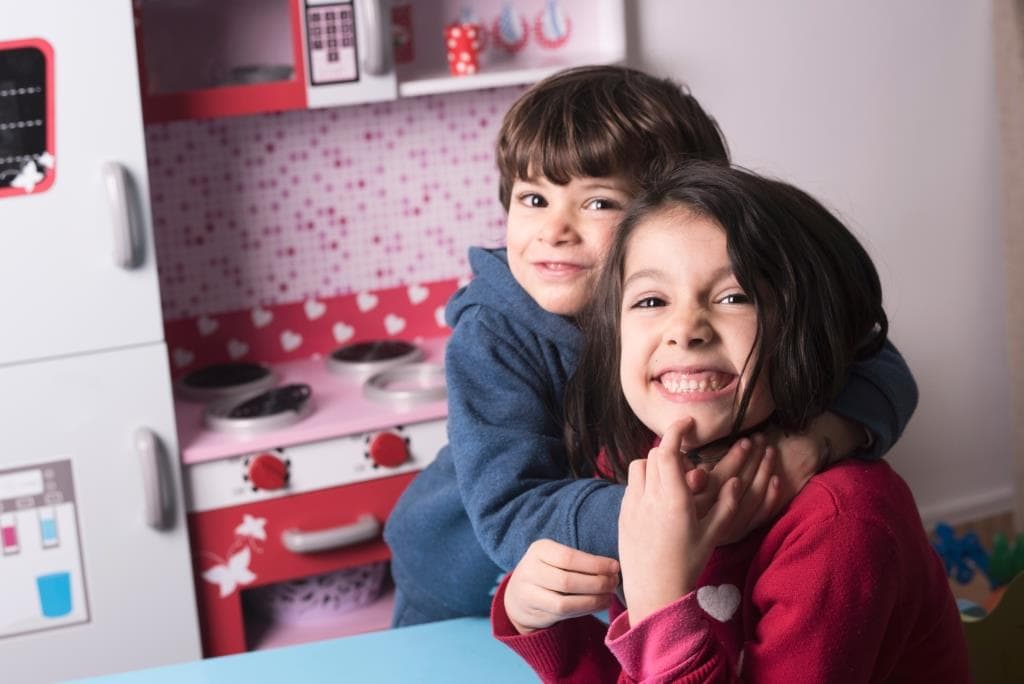“The answer to this poverty is not more shelters. The answer is not more public assistance. The answer is guaranteeing an education so people can earn a living wage, so that people can go on and become independent. And that hasn’t been the focus. It’s always been taking care of the poor, not educating.” (The Poor Among Us, Ralph da Costa & Ethan Sribnick)

Research demonstrates that even short episodes of homelessness can cause trauma and academic, social, and developmental delays for children. To meet these critical needs, we also have a robust children’s program. Our shelter has two age-appropriate Bright Spaces for children and youth and a space for teens as well. These spaces are coupled with trained volunteers and staff and a model of parent engagement. We are proud of our commitment to children’s well-being and education success – the key to breaking the cycle of poverty.
At Safe Haven Family Shelter, we believe in not only effective interventions for our children and parents once they enter our program—but also prevention strategies so that the children do not cycle into the same path as their parents or guardians. Major trauma, such as experiencing extreme poverty or homelessness in one’s childhood, can actually alter the brain and cause lifelong problems. Education is at the center of the resolution. Not only should we ensure that our children have proper access to education, but at Safe Haven, we are also committed to educating our community about the adverse side effects of homelessness and how to engage with students who come from troubled backgrounds.
During the school year, Safe Haven children have access to top-quality tutoring from Vanderbilt students in the Education department several days a week. We also align children with after-school programs that match their interests and needs—whether that be sports, music, or college-readiness (just to name a few). Homeless children are eight times more likely to be asked to repeat a grade, four times more likely to have developmental delays, and two times more likely to have learning disabilities, but when provided a toolbox of strategies to support self-sufficiency, those children can lead fulfilling lives and experience success in school.
